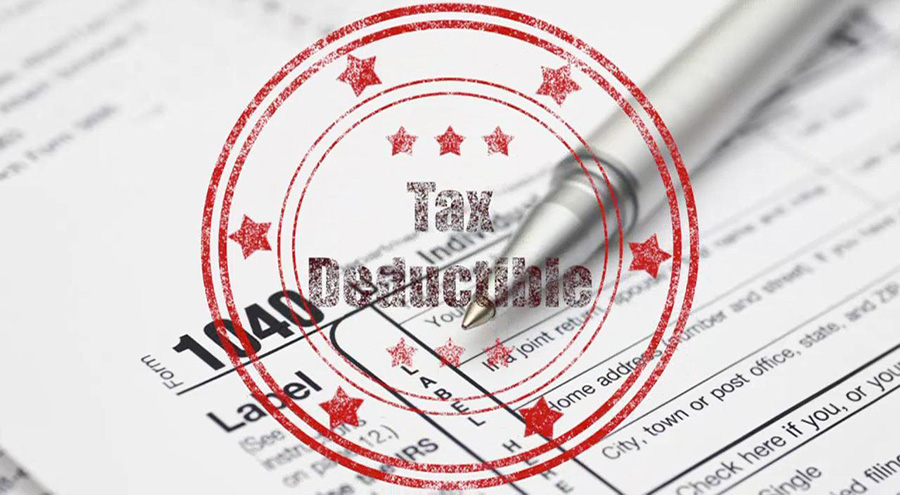Prostate Cancer Foundation Australia (PCFA) and the Movember Foundation have today announced funding towards two new clinical trials to address significant research questions that will potentially revolutionise the way prostate cancers are monitored and treated. These clinical trials involve the testing of a new scanning technique and the role of Vitamin D in preventing progression of prostate cancer.
Moving with the power of thought
A device the size of a matchstick, implanted next to the brain’s motor cortex, could one day help paralysed people move their limbs
Pre Budget Submission 2016
Research Australia submission to the Treasurer in respect of preparations for the 2016 Budget acknowledges the importance of the Government’s focus on science and innovation to Australia’s future and makes a number of recommendations with the aim of improving supporting economic growth and developing a more innovative, safer, and efficient health system that delivers better quality care.
Inquiry into Tax Deductibility
The House of Representatives Economics Committee invited Research Australia to make a submission to its inquiry into Tax Deductibility. The Inquiry’s terms of reference from the Treasurer are to investigate broadening the tax base and lowering the tax rate by identifying existing tax deductions that can be removed. Research Australia’s submission addressed the question of fairness when considering the removal of tax deductions that are of particular importance to some groups of taxpayers, and the use of deductions to provide incentives for particular expenditures. Research Australia’s submission focused on the tax deduction for self education expenses (important to the many researchers who are responsible for their own ongoing education) and the tax deductibility of donations to charities, including many not for profit health and medical research organisations.
Health Data Sets – linkage and access
The Senate Select Committee into Health invited Research Australia to make a submission in relation to the linkage of and access to Commonwealth Health datasets for research purposes. The submission emphasised the importance of this data to research, and the potential it provides for better health outcomes and a safer, more effective and efficient health system. The submission made several recommendations to support the greater use of data, including the digital collection and storage of more data, recognising the use of health records for research purposes in governing legislation and building capacity in data management and data analysis.
Safety & Quality in Healthcare standards
The Australian Commission on Safety & Quality in Healthcare issued new draft Safety & Quality in Healthcare Standards for consultation. Research Australia has made a submission emphasising the improvement in safety and quality that can be made through greater engagement by researchers with the healthcare sector, and proposing a number of ways in which the draft Standards could be modified to enhance and support this engagement.
Review of research policy and funding for Higher Education
Research Australia’s submission to the review of research policy and funding arrangements emphasises that the primary role of universities is the creation of new knowledge and that the application of new knowledge (of which commercialisation is one of the paths) is important but necessarily a secondary role. Programmes such as the Research Block Grants and the competitive grants programmes must maintain a primary focus on research. There is scope to simplify and improve these programmes and to better support innovation in research training.
Victorian Medical Technology and Pharmaceuticals Strategy
Research Australia has responded to the Victorian Governments’ discussion paper on the Victorian medical technologies and pharmaceuticals sectors, proposing the Victoria capitalise on its existing expertise in health and medical research and significant infrastructure to take advantage of future growth in this sector. There is significant scope of the Victorian Government to complement and take advantage of the Australian Government’s focus on the sector as a priority area for investment.
Research Training System Review
Research Australia’s submission to the Review of Research Training has emphasised the need to provide better preparation for doctoral students and greater flexibility in the the subject matter included in their study to reflect their own skills and experience and their career aspirations. It also emphasises the need to provide alternatives to a PhD for individuals who need a strong understanding of research skills and method because they will work with research and researchers in the communication, administration or commercialisation of research. The submission proposes the Masters degree by research as a means of providing better and more tailored preparation for a career in conducting or supporting research.
Victorian Health and Medical Research Strategy
In responding to the Victorian Government’s consultation on its strategy for Health and Medical Research, Research Australia has emphasised the ability of the State Government to influence how health and medical research is conducted through the funding it provides for health and medical research, its role as a key stakeholder in the provision of health care, and its power to legislate to provide a supportive environment for HMR. Key recommendations include continuing to support initiatives that bring researchers and the health system together (Academic Health Science Centres, the Victorian Comprehensive Cancer Centre), providing incentives for further collaboration and multi disciplinary research, and improving researchers’ access to health records and other data held by the State Government.




